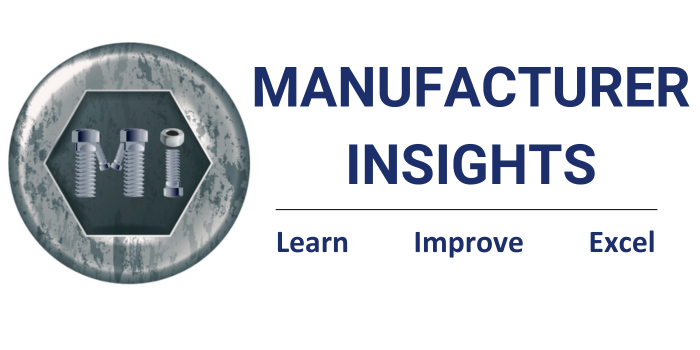In our collective experience as leadership coaches and strategists, we’ve encountered various challenges that organizations face. Often, these challenges are the byproducts of breakdowns in communication, alignment, and understanding among stakeholders. Viewed through a different lens, we have found that the one common theme in the breakdowns we engage with is a breakdown in trust. Well, we all might agree. That trust is imperative, there is one key challenge. Ask ten people to define trust, and you’ll likely receive ten different answers. This diversity in understanding, however, doesn’t diminish trust’s profound impact.
Trust is the linchpin in relationships, the deciding factor in whether an organization thrives through adversity or crumbles. It is an invisible yet potent bond that motivates collaboration, creates willingness to try new things, and cultivates exceptional outcomes. By focusing on the Six Pillars of Trust, we’ve found ways to not only avoid these most breakdowns but also foster stronger, more resilient relationships.
Trust: Beyond a Feeling, a Business Imperative
Trust transcends emotional connections; it is a fundamental business imperative. In our professional experiences, we’ve observed that organizations steeped in trust not only navigate challenges more effectively but also foster innovation and growth. Trust acts as a catalyst for teamwork, empowering individuals to unite their efforts and create solutions that surpass the sum of their parts. It’s this unquantifiable yet tangible quality that can make the difference between an average and an exceptional organizational performance.
The Science of Trust: A Human-Centric Approach
While trust may not be a hard science, the field of neuroscience offers valuable insights into its impact. Studies have consistently shown that trust isn’t just beneficial for business; it’s essential for human well-being. Neuroscientific research, including the
work of Paul Zak and others, has illuminated how trust directly influences our brain
chemistry, affecting everything from stress levels to engagement. High-trust environments not only improve organizational metrics like productivity and job satisfaction but also contribute to the overall mental and emotional health of individuals.
Trust as a Business Strategy: A Comprehensive Framework
The Six Pillars of Trust provide a strategic framework for cultivating this essential element in business environments. Each pillar – Competency, Consistency, Aligned Interests, Shared Values, Intentions, and Communication – represents a critical aspect of building and maintaining trust. In a business context, these pillars are not just abstract concepts; they are actionable strategies that can be implemented to strengthen relationships and enhance organizational performance.
Competency: Showcasing and Expanding Capabilities
Beyond building competency, it’s crucial to effectively communicate these capabilities. This involves a proactive strategy to showcase strengths through various channels like newsletters, webinars, and in-person events. By doing so, organizations not only highlight their expertise but also provide tangible value to their stakeholders. This dimension of competency is about ensuring that the community is aware of and can benefit from the organization’s skills and resources.
Consistency: Embracing and Addressing Inconsistencies
While demonstrating consistency is key, acknowledging and addressing instances where we fall short is equally important. Transparency in dealing with inconsistencies, and their impacts, strengthens trust. It shows a commitment to integrity and a deep respect for relationships. This dimension recognizes that perfection is unattainable, but honesty and effort in maintaining consistency are highly valued.
Aligned Interests: Empathic Listening and Addressing Misalignments
Actively and empathically listening to understand the core interests of others is a cornerstone of aligning interests. The complementary aspect is the courage to address areas of misalignment. Openly discussing these ‘elephants in the room’ can lead to constructive dialogues and innovative solutions for reconciliation. This approach fosters an environment where all parties feel heard and respected.
Shared Values: Cultivating Personal Values and Encouraging Others
In addition to sharing common values, it’s vital to cultivate and articulate personal values. Speaking and acting in alignment with one’s own values not only reinforces trust but also inspires others to engage in self-reflection about their values. This dimension creates a culture where authenticity is valued and encouraged, leading to deeper connections and a stronger sense of community.
Intentions: Clarity and Anticipation of Perceptions
Clearly communicating intentions is fundamental. However, it’s also essential to anticipate and understand how these intentions might be perceived by others. Miscommunications often arise from unspoken assumptions or misinterpreted intentions. Addressing this dimension involves a thoughtful consideration of various perspectives and a commitment to clarity in conveying intentions.
Communication: Balancing Expression and Receptive Listening
Effective communication involves not only refining how we express our messages but also enhancing our ability to listen deeply. This dual focus ensures a two-way flow of information and understanding. Developing the skill to listen attentively to others’ concerns and feedback creates a psychologically safe space, fostering trust and collaboration.
Conclusion: Trust as the Cornerstone of Business Excellence
Incorporating these principles into leadership and organizational culture does more than enhance individual relationships; it elevates the entire business. Understanding and implementing the science of trust becomes a transformative journey, one that not only drives business success but also contributes to the well-being of every individual involved. In a world where business challenges are ever-evolving, trust remains the constant, the invisible yet vital ingredient that binds teams, fuels innovation, and propels
organizations towards sustainable success and human-centric growth.
For related content watch the video interview with Shaun. (Workforce-related section.)
How Manufacturers Can Leverage the Power and Profitability of Trust – 26:47 Minutes
Article courtesy of Shaun Mader – Founder & CEO – Trusted Leadership

